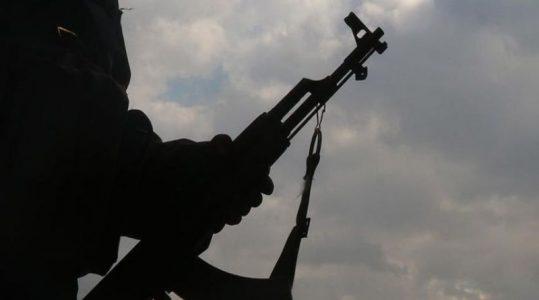
UN report: ISIS terrorist attacks fell in 2018
Attacks by ISIS decreased in 2018, a new UN report states, while going on to note that the terrorist group is “still a threat”.
The report – the UN’s eighth on the terrorist group – was prepared by the Counter-Terrorism Committee Executive Directorate (CTED) and the UN Office of Counter-Terrorism (UNOCT).
Submitted to the UN Security Council late Monday, the report also asserts that Daesh has evolved into a “covert terrorism network”, adding that the “growing scourge of violent extremism” continues to pose a threat to several countries.
“Despite the more concealed or locally embedded activities of ISIL [a commonly-used acronym for Daesh] cells, its central leadership retains an influence and maintains an intent to generate internationally-directed attacks and thereby still plays an important role in advancing the group’s objectives,” UNOCT head Vladimir Voronkov is quoted as saying in the report.
In 2014, Daesh overran much of northern Syria, along with vast swathes of northern and western Iraq.
“The center of gravity of the organization… remains in Iraq and Syria, with up to 18,000 remaining in the ranks, including some 3,000 foreign fighters,” the report reads.
According to Voronkov, the continued presence of foreign fighters among the group’s ranks has made matters worse.
“Radicalization in prison settings is seen as a particular challenge in Europe and Iraq,” he warns.
Terming foreign fighters as “frustrated travelers”, Voronkov laments that these have contributed to the “complexity of the threat,” going on to describe them as “fighters who’d failed to reach main battlegrounds, but been diverted instead elsewhere, either by ISIL commanders or of their own volition”.
The report suggests that the terrorist group could “sustain its operations” through accessible reserves, either in cash or investment in businesses ranging in value from $50 million to $300 million.
“ISIL cells are also reported to generate revenue through criminal activities,” Voronkov warns.
The report also states that the terrorist group still poses a threat to a number of UN member states.
“The UN analysis shows … ISIL threat level continuing to expand especially true in North, West and East Africa as well as in Central Asia,” it quotes CTED head Michele Coninsx as saying.
“Training camps have been identified in Afghanistan and in Southeast Asia, where women and youth are increasingly mobilized for terrorist operations across the region,” she says.
“The destructive legacy left in Syria and Iraq [is] most noticeable in the high number of families who remain internally-displaced due to the destruction of homes and infrastructure,” Coninsx asserts.
She adds: “Reconstruction will take many years and will require significant resources, as will restoring and reconciling communities after so many years of conflict.”
The CTED head goes on to warn that a rise in the number of terrorist suspects and offenders in custody poses a risk that is “difficult to assess and manage”.
Coninsx concludes by warning of the group’s continued “ability to exploit new technologies and find innovative ways to finance itself and find new recruits”.
Source: AA





